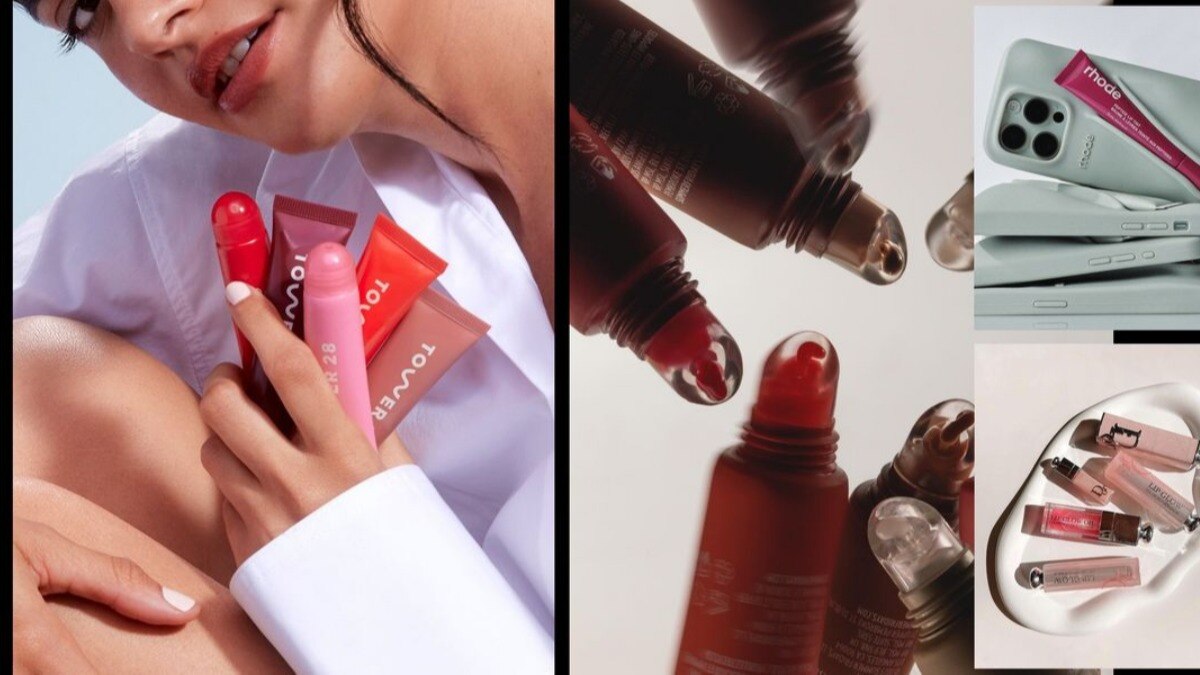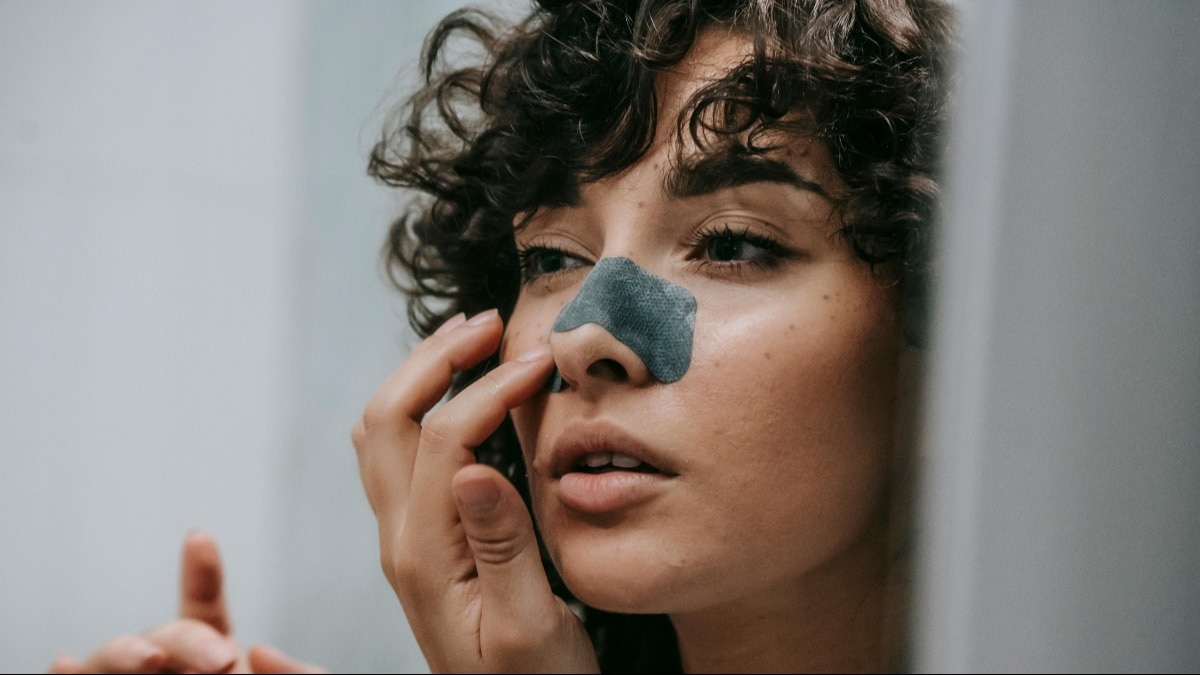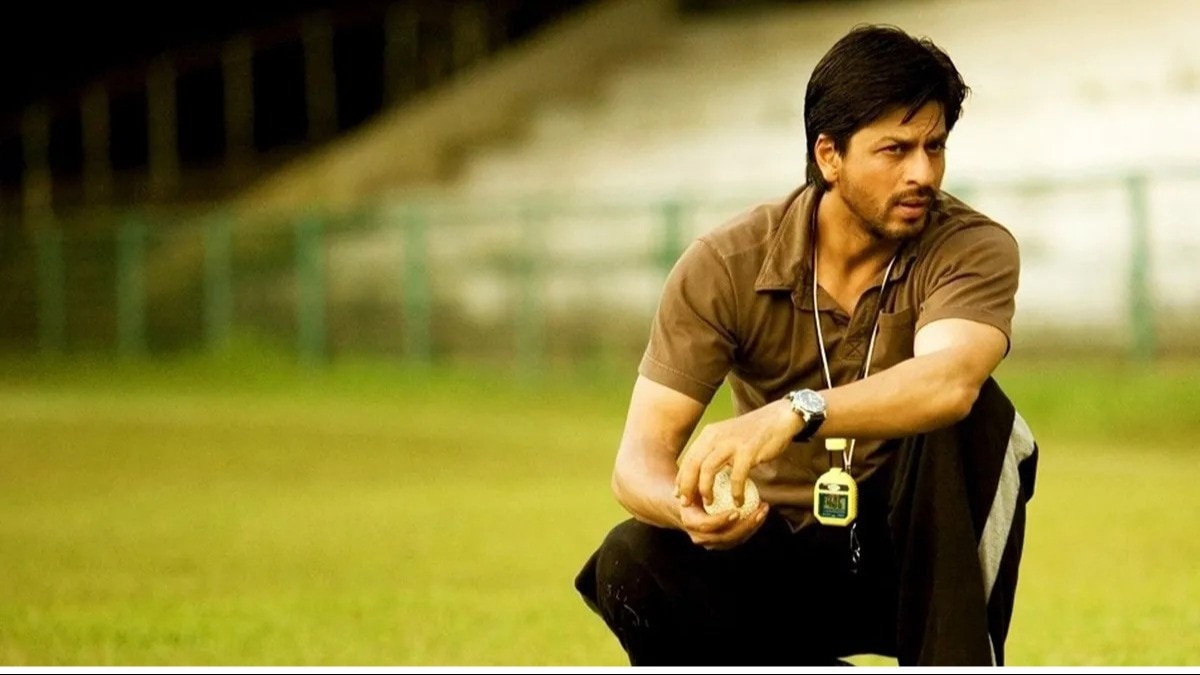
Did you know Edwina Mounbatten's lost tiara has Indian roots?
The mystery of the long-lost tiara of French luxury jewellery house Chaumet has finally been solved.


When Edwina Ashley first travelled to India from England in 1922, she met and married Lord Louis Mountbatten, great-grandson of Queen Victoria. Following his services in World War II and his role in the independence of India, his ‘Lord’ title was quickly promoted to (the much more extensive) Supreme Commander of the Allied Forces in Southeast Asia. Soon after, his title was once again upgraded to the Viceroy of India and his wife, Lady Mountbatten, to Vicereine. As her husband’s titles grew increasingly prestigious, Lady Mountbatten, a close friend of Prime Minister Jawaharlal Nehru, chose to work for humanitarian causes, a trailblazing move for a woman of her time. She assisted in the rehabilitation of prisoners of war—organizing food, medical supplies, and aid for refugees of the Partition of India in 1947.

Lady Mountbatten first acquired the tiara that would come to bear her name when she required something occasion-worthy to wear to the coronation of King George VI in 1937. Fast forward to December 17, 2002, when the Mountbatten tiara went under the hammer at Sotheby’s, the piece’s origins had been lost along the way. “Thought to have been made around 1910 by a leading French jeweller, possibly Chaumet or Cartier,” read the product notes. Despite the myth around its heritage—or, perhaps, because of it—the tiara, offered for sale by Lady Mountbatten’s daughter, Lady Pamela Hicks, was eventually sold for £149,650 to a private collector. It would be several years before its history was uncovered.

“The tiara of Lady Mountbatten is something special for me because I was able to reattribute the jewel to Chaumet,” explains Christophe Vauchadez, the curator behind the spectacular exhibition of tiaras at the Chaumet in Majesty exhibition in Monaco in 2019. “This is an Indian-style tiara made in 1934, which belonged to Belgian Baroness Emile de Cartier de Marchienne. When she decided to sell it, we don’t know why, but she went to Cartier in London. There, they cleaned it, put it in a Cartier box, and sold it on to Lady Mountbatten who was looking for a tiara for King George VI’s coronation. Years later, it was sold by her daughter through Sotheby’s. It was not until I went through the archives—researching for this exhibition—that I found the original order from the Baroness, the sketches, the frame—I found everything. So I went to Cartier and said, ‘I think this is Chaumet.’”

The piece captures the imagination in spectacular fashion, dotted with circular-cut diamonds in scrolling and trefoil motifs set in platinum—a dazzling tribute to the unique kind of aristocratic glamour attributed to Lady Mountbatten. “When the Baroness ordered the original tiara, there were some Indian touches to the design, but there was no way you could predict that it would eventually be a crown of the country,” gushes Chaumet CEO, Jean-Marc Mansveldt. “And it suddenly became the crown of the last Vicereine of India. It’s an adventure—it doesn’t sound real, right?”
Tiaras and jewels by the House of Chaumet














